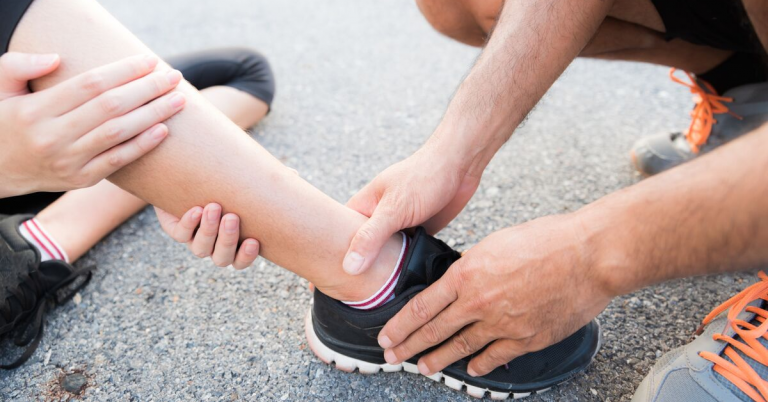Welcome to Part 2 of our Pain Series!
Pain is a warning system
Over the last 5-10 years, the world has learned A LOT about pain and how it works.
This information isn’t so readily available or easy to understand for a lot of us, so we’ve decided to produce a series of articles to help people understand their pain and what is going on in their body
First, because KNOWLEDGE IS POWER! And second, because understanding why you feel what you feel is empowering, and helps to reduce stigma (as they say – just knowing is half the battle)
This is part two of what will be a five-part series, all about how pain works, and how it affects us!
Pain is a Warning System!
The experience of pain is a vital part of your body and brain’s warning and protective system. As a species, we’re incredibly smart when it comes to preventing ourselves from getting damaged or dying. We have a whole host of systems built in to try and avoid us coming to grief.
Often we think that pain = damage, but we now know that pain often occurs long before any damage actually occurs.
Did you ever get a “Chinese burn” from another kid at school? Hurt didn’t it? But any damage to your arm? Not at all.
Or, a better example – have you ever touched something hot, and it HURT! So you automatically pulled away (something called a withdrawal reflex – another clever way we are designed to stop hurting ourselves).
You check your hand… but it looks ok. It hurt for a few seconds, and that settles down within 10-30 seconds. Lucky you!
This is a great example of pain without pathology (or damage). The pain you experienced was a STRONG warning that you are at high risk of damage if you don’t change your behaviour (touching the hot thing). Because of the experience of pain, you have managed to completely avoid any tissue damage at all (clever you). Your pain served as a perfect warning system.
Examples of pain as a warning system
Even when you have an issue, your experience of pain can still be part of your body’s protective systems. Your brain (and your body) will actually try to actively give you more pain to stop you doing things it may think are potentially more damaging.
Here’s an evolutionary example: You’ve sprained your ankle, so you’re not able to run as fast as normal. This means that if you and your Neolithic buddies are out hunting woolly mammoths you could be more likely to get injured and killed (not to mention potentially do more damage to your ankle). By creating pain, which makes you unable to participate, your brain is actively trying to stop you from being killed.
This may be a bit of an extreme example, but it’s true. When you have an injury, chemicals are released by the body (in the inflammatory fluid) that make your receptors more sensitive. This is so they will send signals to your brain to tell you that, even though usually this wouldn’t usually cause pain, they’re now telling you there IS pain. Part of the injury process is your brain trying to make it MORE painful for you.
Luckily nowadays we don’t have to fight for our lives, so a lot of this is fairly redundant. But that doesn’t stop it from happening. More pain doesn’t necessarily equal more damage. If anything, it just indicates more warnings from your brain and body.

